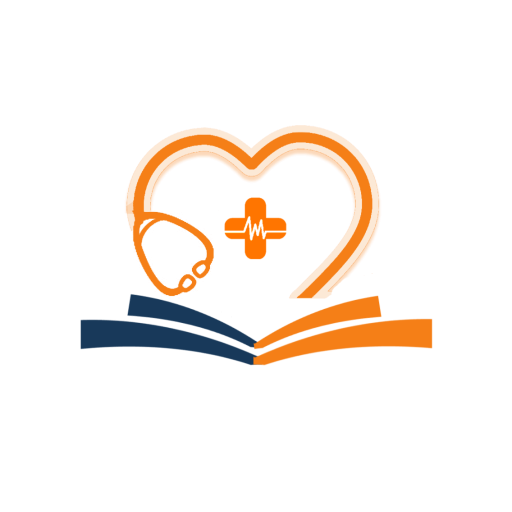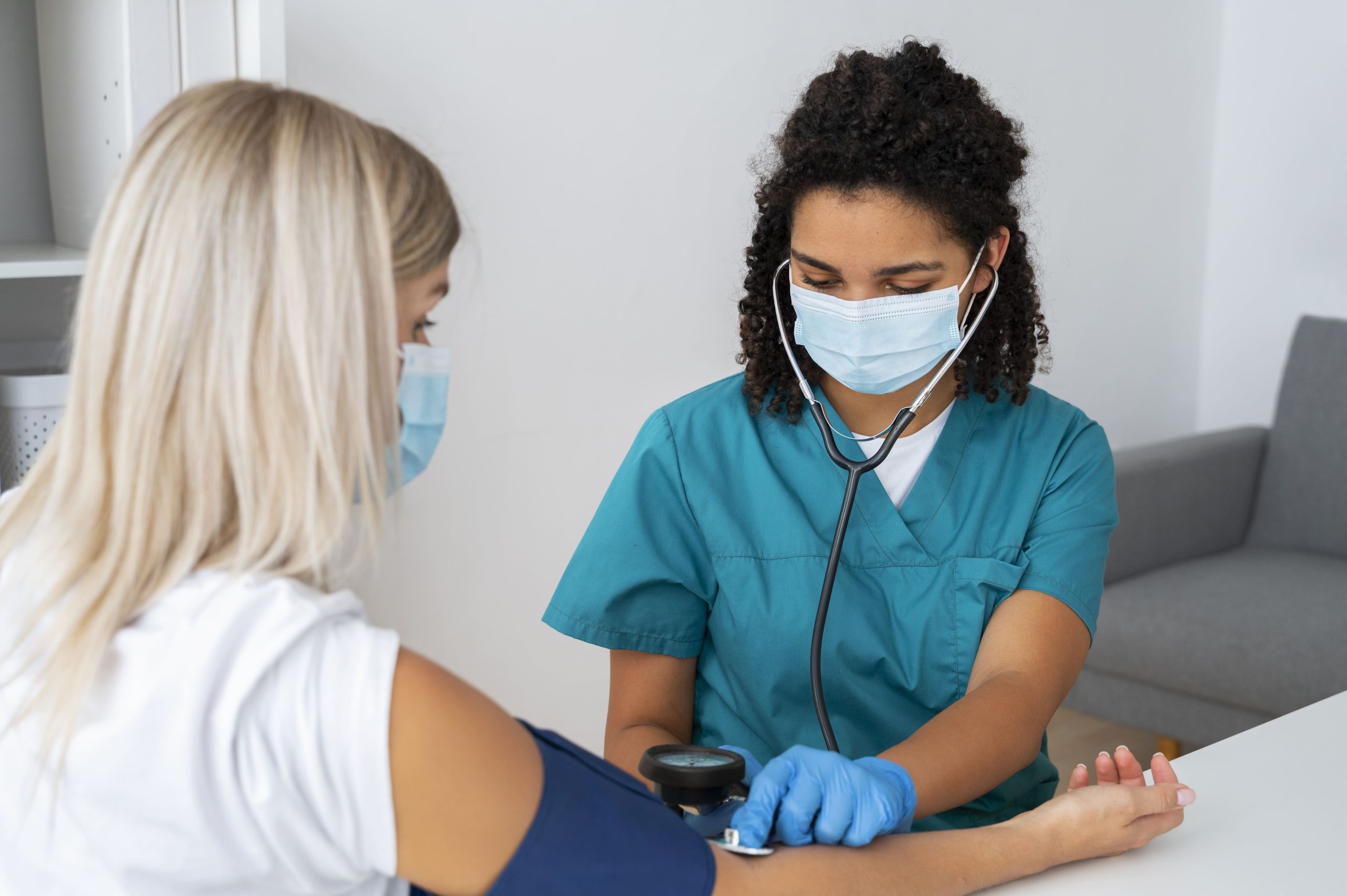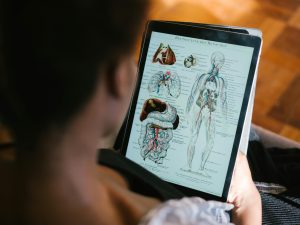- Description
- Curriculum
- Reviews
Learn how to conduct comprehensive health assessments by gathering patient histories and performing systematic physical examinations. This lesson covers essential interview techniques, key components of a health history, physical assessment methods, and accurate documentation for evidence-based patient care.
Key Learning Objectives:
By studying this lesson, you will be able to:
-
Conduct patient interviews using effective communication techniques
-
Identify and document all components of a comprehensive health history
-
Perform structured physical examinations using inspection, palpation, percussion, and auscultation (IPPA)
-
Distinguish between subjective symptoms and objective clinical signs
-
Apply structured approaches to assess chief complaints and present illness
-
Recognize how cultural, spiritual, and psychosocial factors influence health assessments
-
Correlate history findings with physical exam results to form clinical judgments
-
1Health assessment and history taking
Learn how to conduct effective health assessments by gathering patient histories. This lesson covers interview techniques, key components of a health history, and how to document findings for accurate patient care.
-
2How to conduct physical examination
Learn how to perform thorough physical examinations using proven clinical techniques. This lesson covers systematic assessment methods and key examination components.



